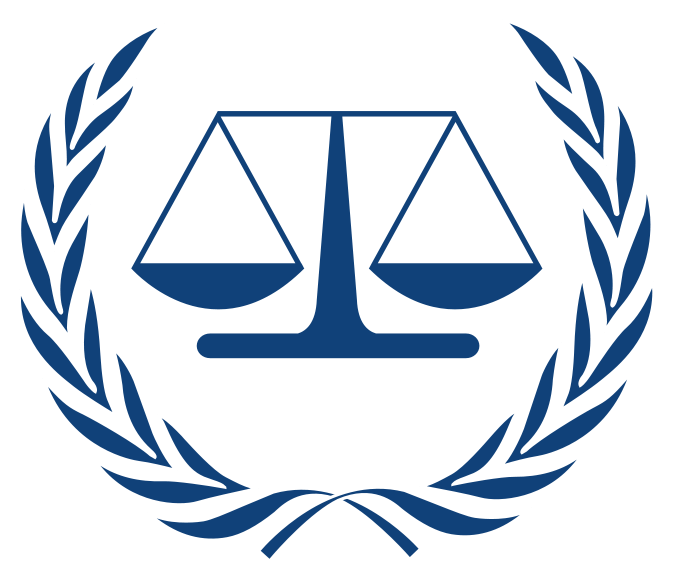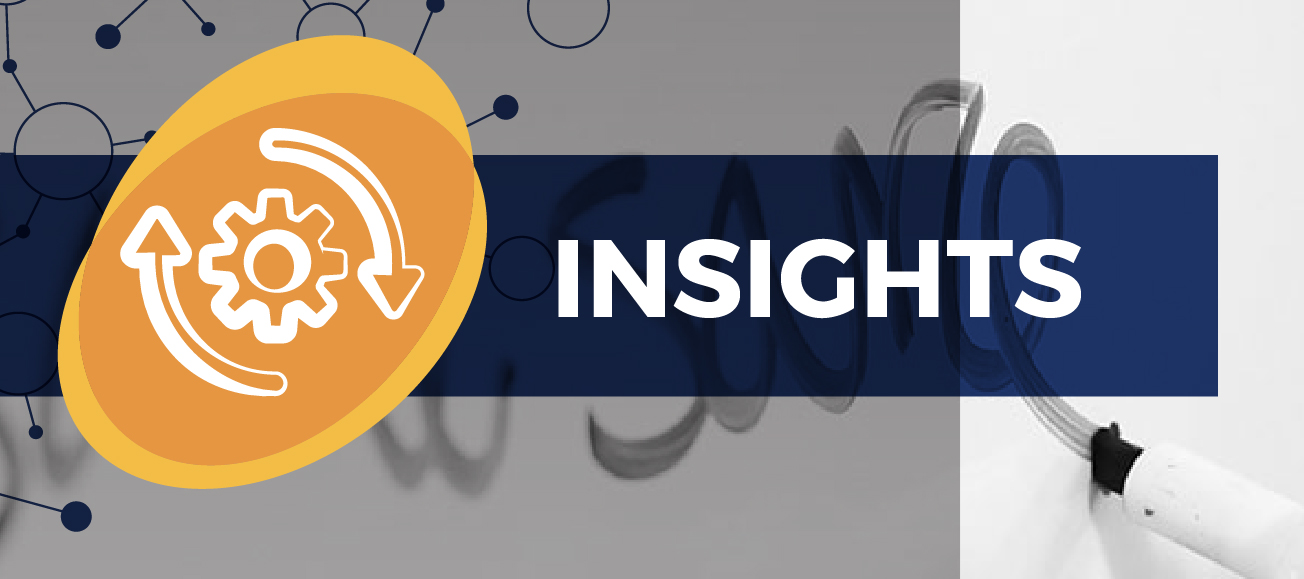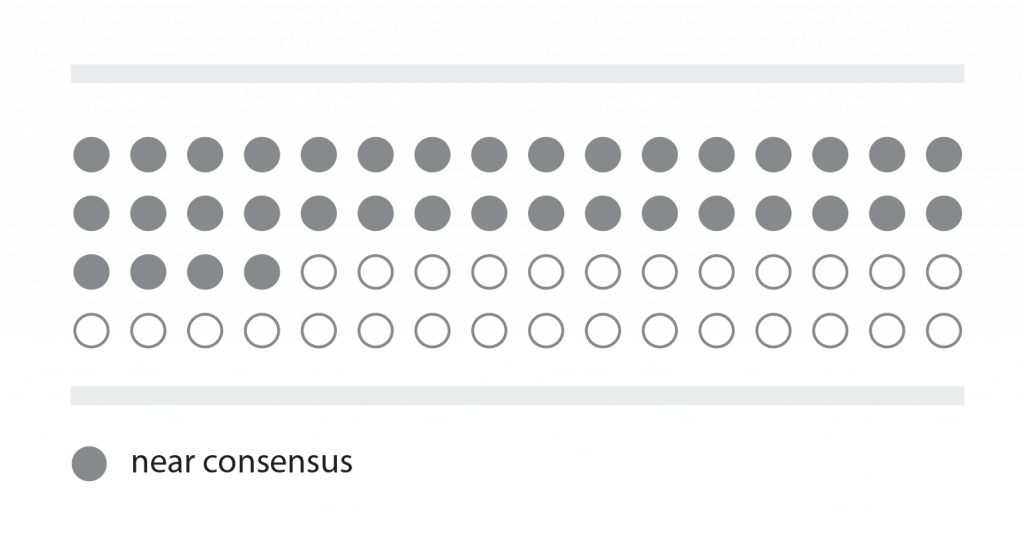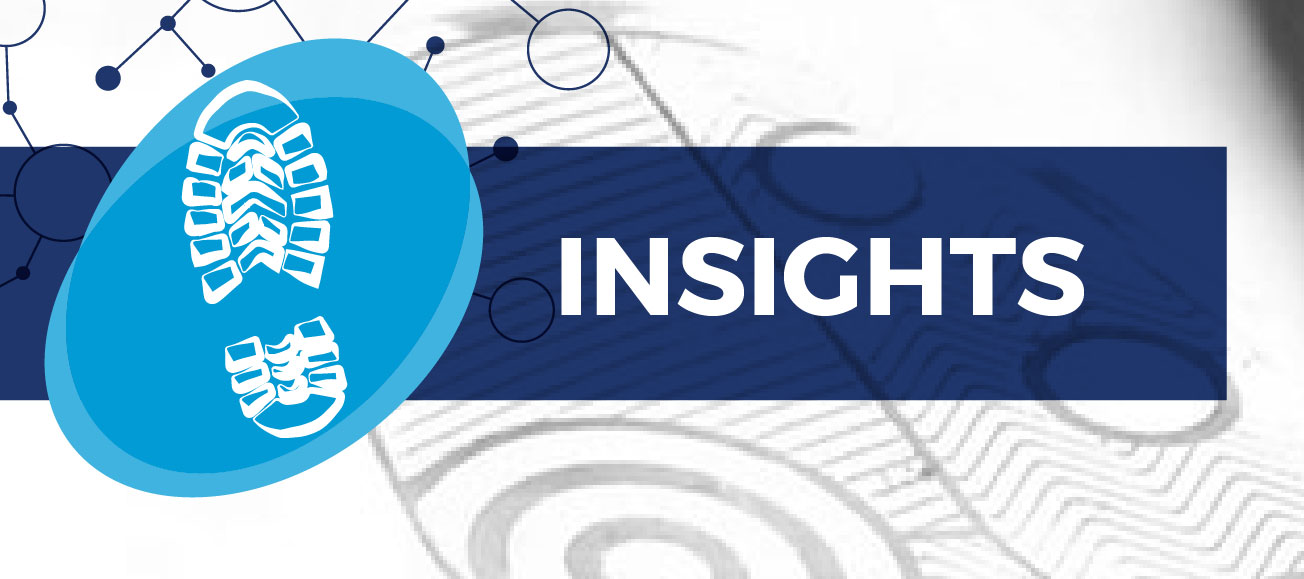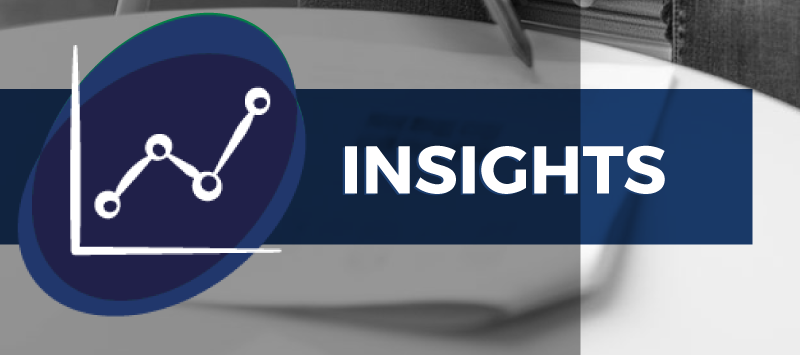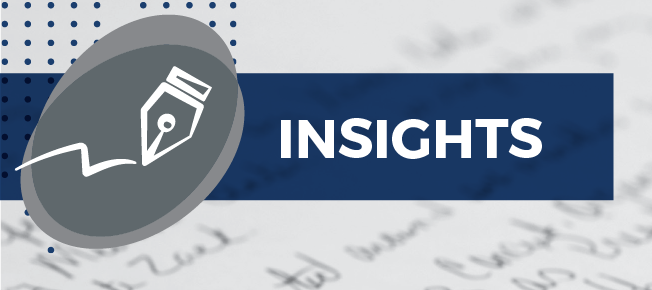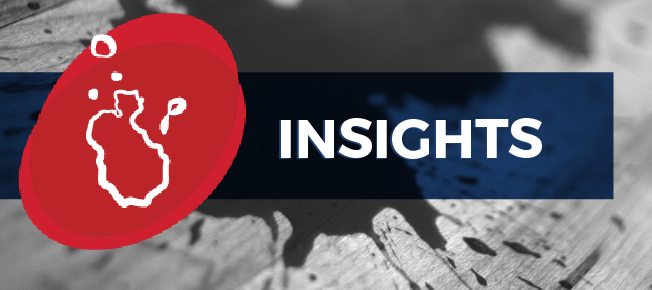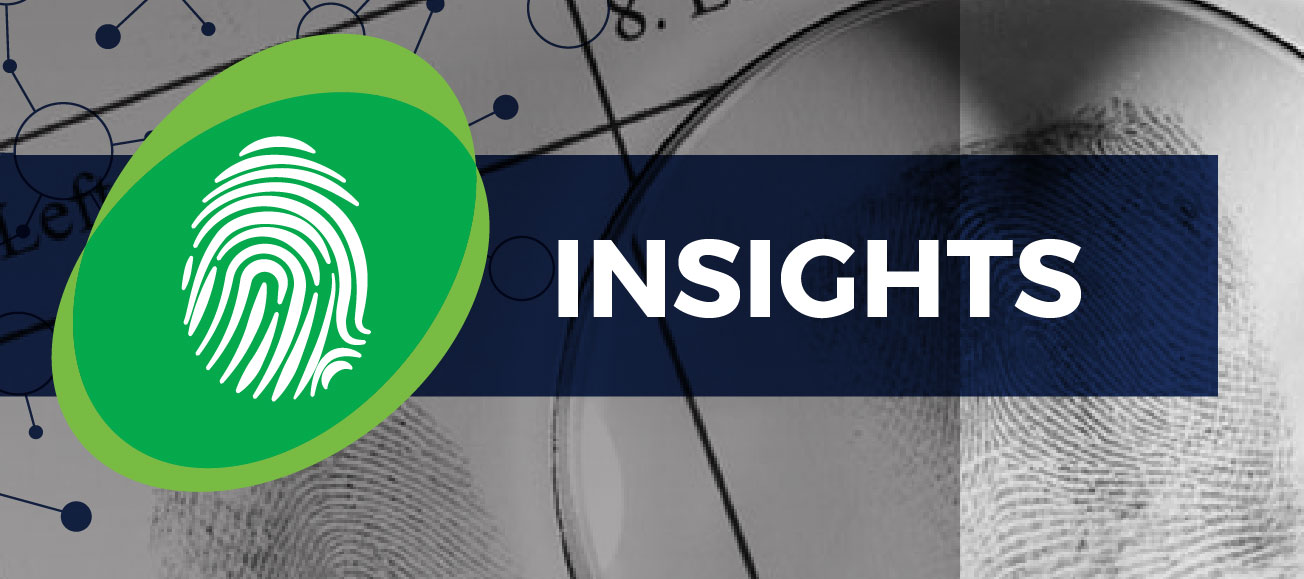How fair are forensic algorithms? These tools prove helpful in matching evidence such as a fingerprint or a gun barrel, but without transparent access to the source code behind the software, concerns arise.
U.S. lawmaker Mark Takano introduced new legislation in September 2019 aimed at providing defendants facing federal criminal charges equal access to forensic algorithms. The bill also requires the makers of computational forensic software to meet minimum standards set forth by NIST.
Takano calls on NIST to test forensic software, gauging what the limitations are, what the science says about data and explaining how these algorithms work. He highlights how critical it is that technology companies are transparent about their algorithm testing data, and potential error rates. “Intellectual property rights should not be able to trump due process,” Takano said.
The CSAFE mission directly aligns with this new legislation. Our team is committed to open-source, repeatable and reproducible research with publicly available data.
“We believe in complete openness and transparency. CSAFE wants to have open data so other people can have access to the same kind of information. We are implementing new features so they are accessible to everyone, not just a selected group,” CSAFE researcher Heike Hofmann said.
Visit the CSAFE Data Portal to access datasets in a variety of forensic disciplines. CSAFE automatic matching algorithms are also freely available to the public on the CSAFE Tools page.
Review more details of Takano’s bill in Science Magazine.

